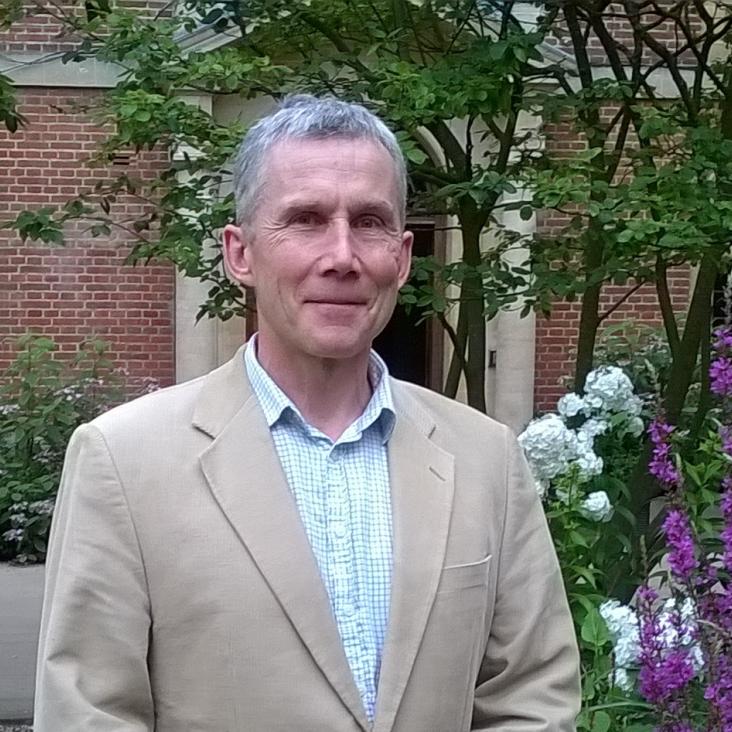Applying machine learning optimization methods to the production of a quantum gas
(2019)
Probing multiple-frequency atom-photon interactions with ultracold atoms
New Journal of Physics IOP Publishing 21:5 (2019) 073067
Abstract:
We dress atoms with multiple-radiofrequency fields and investigate the spectrum of transitions driven by an additional probe field. A complete theoretical description of this rich spectrum is presented, in which we find allowed transitions and determine their amplitudes using the resolvent formalism. Experimentally, we observe transitions up to sixth order in the probe field using radiofrequency spectroscopy of Bose-Einstein condensates trapped in single- and multiple-radiofrequency-dressed potentials. We find excellent agreement between theory and experiment, including the prediction and verification of previously unobserved transitions, even in the single-radiofrequency case.Probing multiple-frequency atom-photon interactions with ultracold atoms
(2018)
Two-frequency operation of a Paul trap to optimise confinement of two species of ions
International Journal of Mass Spectrometry Elsevier (2018)


